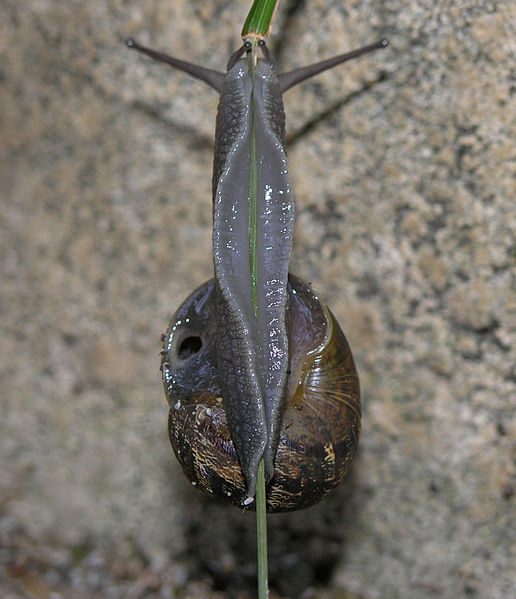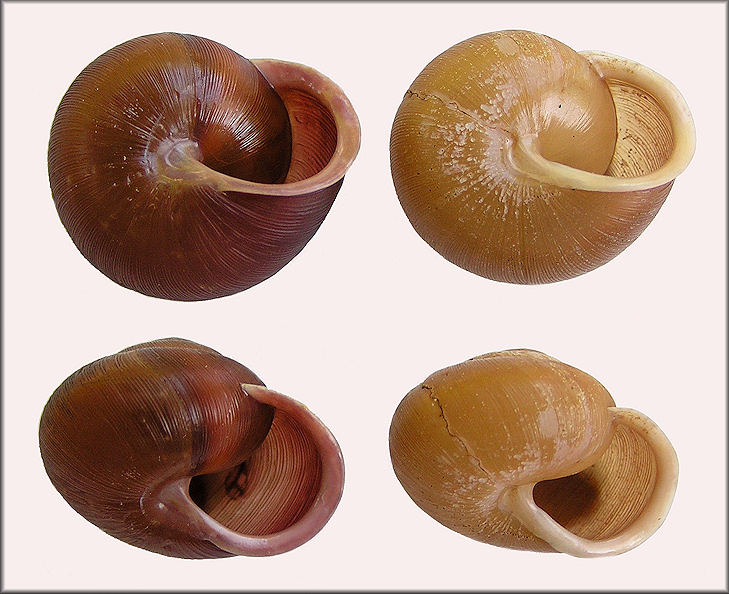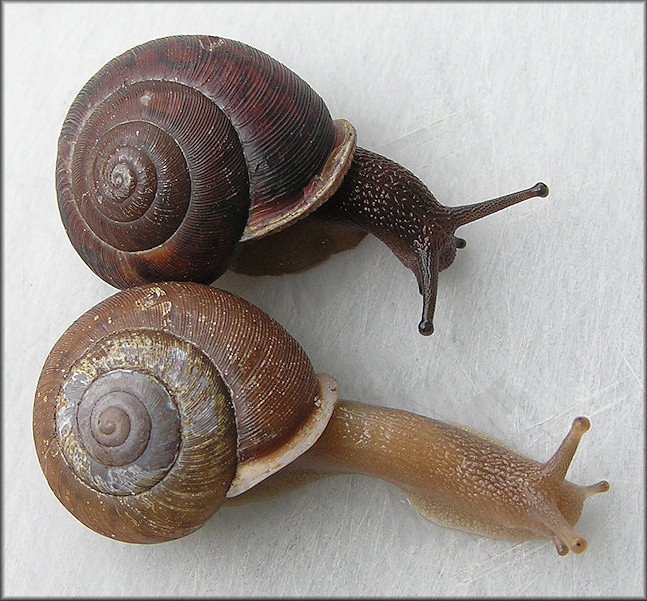Adaptation
Adaptation is a major part of the survival of
land snails, there have been numerous amounts of adaptations
that have led Neohelix solemi where they are today. Described in
this section are a few ways the N. solemi adapted to their
environment. Due to the lack of information specific to the
snail N. solemi, adaptations from other taxonomic levels will be
looked at.
You can find snails almost everywhere, but the N. solemi who are
woodland snails, inhabit eastern United States. In his major work on
land snails, Burch states that they favor habitats that offer
shelter, have adequate moisture, and an abundant food supply, snails
also fancy a place with lime. Land snails are nocturnal creatures
for the most part unless they are rained out of their hiding places
and may come out during the day (Burch).
places
and may come out during the day (Burch).
Land snails adapt to the sun by finding hiding places, these hiding
places include various dark and damp areas. According to Burch, land
snails are well suited to adapt to harsh environmental conditions,
such as drought. Land snails are well suited because they can cover
the opening of their shells with something called an operculum,
which is a mucous layer, that hardens and prevents them from drying
out and withering to death (Burch).
Land snails have also adapted to
their predators and made special accommodations to prevent being
lunch, specifically from Cychrine beetles. According to Dourson,
most species contain elaborate arrangement of what looks like teeth
within the structure of their shell, protecting them from these
predator beetles.
Another essential adaptation is the loss
of gills that initiated the formation of air-breathing lungs from
within the shell of the snail. The opening to the respiratory system
in the terrestrial land snail looks like a small hole in the shell
and is called the pneumostome (Perez,
2012).


